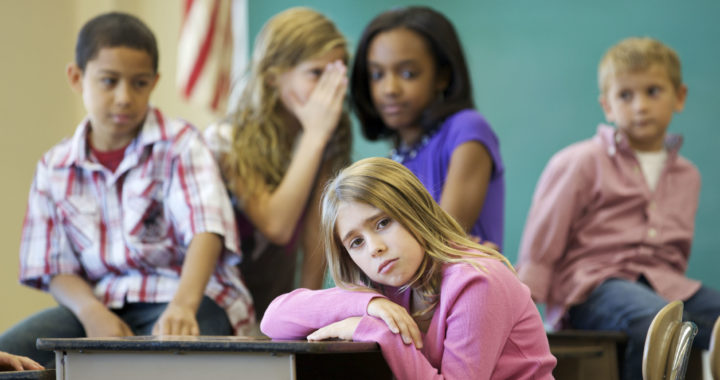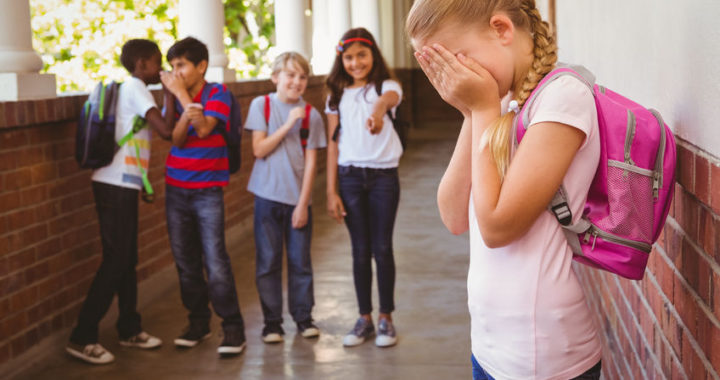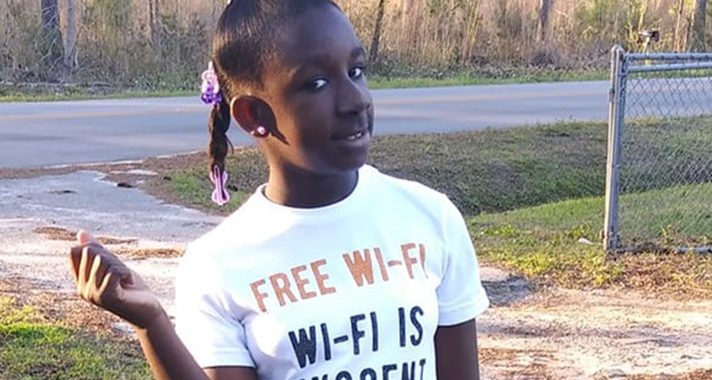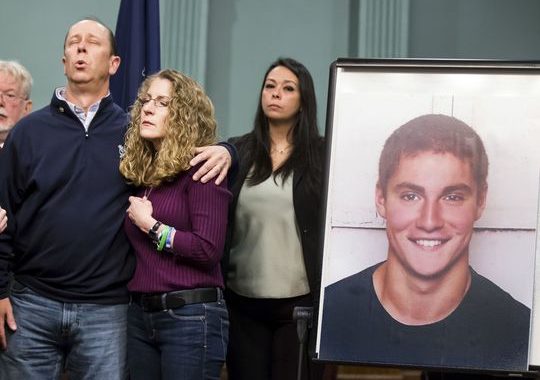The National Center for Educational Statistics published a chart in 2018 with a breakdown for the percentage of students ages 12-18 who reported being bullied at school during the school year, by type of bullying and selected student and school characteristics: Selected years, 2005 through 2017.
In reviewing the material it looks like bullying has decreased by 8% since 2005. In reviewing the chart some observations are:
- The reports in the chart are of bullying at school, not off-campus as well.
- The reports do not mention cyberbullying which is an increasing form of bullying.
- It does include statistics by race where mixed-race and native Indians and Alaskans have a higher percentage of bullying reports.
- It covers 6th- 12th grades where 6th and 8th grades report the most bullying.
Here at SaferCampusLife, we know that bullying starts sooner in most cases before 6th grade. We also know prevention and reporting need to be taught earlier in an effective manner. We believe bullying can lead to terrible acts of mass violence in schools as we have seen grow over the past decade.
Our No2Bullying™ course teaches student individual accountability. The course is online and interactive for students only. It covers cyberbullying and cyberstalking as well.
Please contact us for more information at info@e-conceptsinlearning.com or 844-662-4293.
See chart details: https://nces.ed.gov/programs/digest/d18/tables/dt18_230.45.asp









